A person’s sexual identity is not set in stone. Some people may always feel a certain way, while others grow into their identity over time. Most people have an underlying sexual orientation, such as identifying as asexual, bisexual, gay, lesbian, or straight, for example. But just as gender exists outside of the heteronormative binary, so does human sexuality. Being sexually fluid means experiencing sexual attractions to different people of all genders at different points in someone’s life.
The phrase ‘sexually fluid’ first became popular in 2008, after a psychologist from the University of Utah named Lisa Diamond published a book called Sexual Fluidity: Understanding Women’s Love and Desire. Diamond studied the idea that a person’s attractions, which can be thought of as their sexual identity, can adapt and change over time. This was also shown through the research of famed sex researcher Alfred Kinsey and his team, who invented what is known today as the Kinsey Scale to measure thousands of American’s sexual identities. One end of the scale, ranking zero, represents identifying as exclusively heterosexual. The other end of the scale, the number six, represents identifying as exclusively homosexual.
What Kinsey and his team discovered throughout their studies is that many people fall in between the zero and six to varying degrees on their scale, and fluctuate their placement depending on circumstance and time. Kinsey’s research showed there are people who described sexual attraction to more than one gender during the course of their lifetimes and that it is a common human experience. The Kinsey Scale showed that many people identified as neither wholly heterosexual or wholly homosexual, but somewhere inbetween, with the possibility of shifting over time.
One common way of discovering sexual fluidity is through forming an emotional connection with a specific person, but that is not always the case. A person can identify as heterosexual, find themselves attracted to someone of the same gender, and still call themselves straight. A person can also identify as heterosexual, find themselves attracted to someone of the same gender, and then adjust their identity to bisexual, homosexual, pansexual, or something else. Sexual identity, and the experience of sexual fluidity, is a subjective and personal experience. However a person chooses to identify themselves in a present moment is both valid and malleable, if they so discover.
Human sexuality is not rigid. It is an organic, malleable concept that can shift and change throughout time based on life experience and circumstance. It is common to read language in mainstream media that implies sexual identity is a fixed concept. A person might be described as just one of these labels: straight, gay, lesbian, bisexual, asexual or pansexual. There are also many niche sexual identities that are slowly becoming more mainstream. One such identity is demisexual, which is when a person only feels sexually attracted or aroused by someone who they have an established emotional bond with. Someone who identifies as sapiosexual only finds someone attractive if they also find them intelligent. Lithosexuality, which is associated with asexuality, is when a person feels sexual attraction towards another but does not want it reciprocated.
Sexuality Is Fluid, Not Fixed
Many arguments regarding human sexuality are made on the basis that it is a fixed, or pre-determined identity. For example, the rhetoric that someone is born with their sexual identity, or the scientific research for a gene that makes someone gay, is an attempt to validate the LGBTQ+ experience through human biology. We are born this way. While that may be a valid experience for some people, it is not the case for everyone, leaving out people whose sexual identities change over time from the conversation.
This argument is often brought up to oppose the prejudiced and conservative notion that human sexuality is both unnatural and a choice. Just because a person’s experience is different than the established traditional societal heteronormative experience does not mean it is in any way less valid or legitimate. The idea of an “appropriate” sexuality can often stem from conservative religious beliefs. However, similar to gender, human sexuality is not binary. It has the ability to shift, adapt, and change based on past and current life experiences combined with other socio-political identities, such as race, class, gender, religion, ability, and human desire.
Another term that is helpful when describing the spectrum of human sexuality is erotic plasticity, which is the concept that a person’s sexual identity, attitude, and behavior can fluctuate based on an individual’s surrounding environment. This can happen to someone who has, until then, identified as completely heterosexual or completely homosexual. This does not mean a person has to change their sexual orientation label, but it does mean that they have experienced sexual fluidity. A person can develop romantic and sexual feelings for someone else that is the same gender while still identifying as straight. It is about the individual experience.
The Model Of Identity Formation: Dissecting The Mainstream Discourse
Stanford University broke down the mainstream expectations of the LGBTQ+ identity formation experience. First, an individual experiences a same gender attraction early in life and notes that discovery. Then, there is a period of hiding that attraction, colloquially referred to as being inside of the closet. This period can last several years before eventually leading to a cathartic coming out, where the person makes their sexual attraction preferences publicly known, which stabilizes their identity. It is then thought that a person will maintain that sexual identity and orientation for the remainder of their lives.
Sexual Fluidity and Sexual Orientation
Sexual fluidity and sexual orientation are two different things. Sexual fluidity is an experience that can also be used as an identity. Bisexuality means different things to different people, but a general definition is that a person feels attracted to their own gender as well as one or multiple genders. Pansexuality refers to being attracted to any person, regardless of their gender expression or identity. A person who is sexually fluid may be attracted to two genders, or multiple genders. A person can be both sexually fluid and identify as either bisexual or pansexual, but that is up to what feels right to the individual.
A person might identify as sexually fluid because they feel that is a stable descriptor of their experience over time, as it allows for flexibility. You might want to use this label if you want to acknowledge that your attraction and responses can shift. Understanding and claiming sexual fluidity is an accurate and positive orientation term that takes the stereotype and stigmatization out of what was once referred to as “confusion”.
You can also experience sexual fluidity in different ways. You might feel sexual attraction to people of one gender, but be more likely to develop romantic feelings for people who identify as another gender. It is always possible that one special person will bring out sexual attraction and romantic feelings that you have not experienced before. Even if they are different from what is usually your crush type, feeling magnetically drawn to this person is a valid experience. What characteristics you find attractive in a person might differ depending on if the person is more masculine or feminine.
Even acting on sexual fluidity can look different for each person. A person might enjoy kissing and cuddling people of a certain gender, but prefer to have sex with another gender. Or, a person might prefer to have a specific type of sexual experience with a person of a certain gender, but then prefer other types of sex with people of other genders. These are all valid relationships, and it is important in all of them to practice open and active communication.
If you do decide to identify as sexually fluid, and then later change your mind, that is totally normal and okay, too. The human sexual experience is emotional, instinctive, and personal. Sexual fluidity recognizes that labels and identity can change over the course of a person’s lifetime. You are always free to use whatever terminology best fits you at the given moment.
Final Takeaways On Sexual Fluidity
Finding yourself sexually attracted to a gender you had not experienced attraction to before is a totally normal and exciting part of the human experience. Realizing you are sexually fluid in no way implies any negative emotional, mental, or sexual health consequences. It is simply a part of the journey of your lifetime. Sexual preferences, attitudes, attractions, and behaviors are flexible and fit outside of binary categorical thought.
It can sometimes feel confusing or difficult to accept the gray areas of human sexuality, especially after growing up in a society where it has been imposed that it is supposed to be a fixed concept. Love, sexual attraction, and sexual identity are complicated concepts that exist both outside of a binary categorization and the individual's control. Attraction can show up and present itself in a wide variety of ways. The heart wants what the heart wants.
Sources:
What Is Sexual Fluidity, Really? | Vice


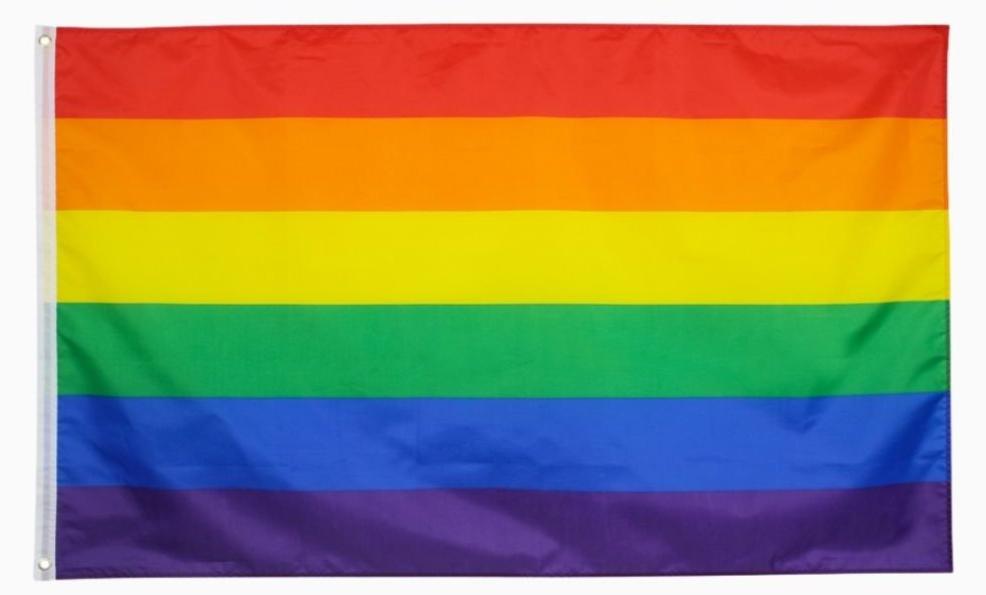
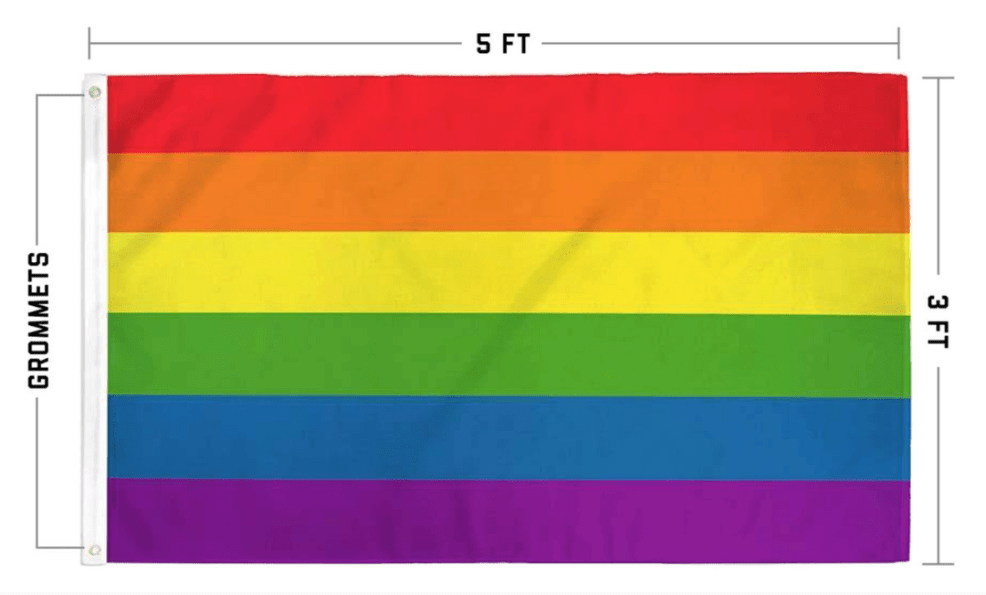





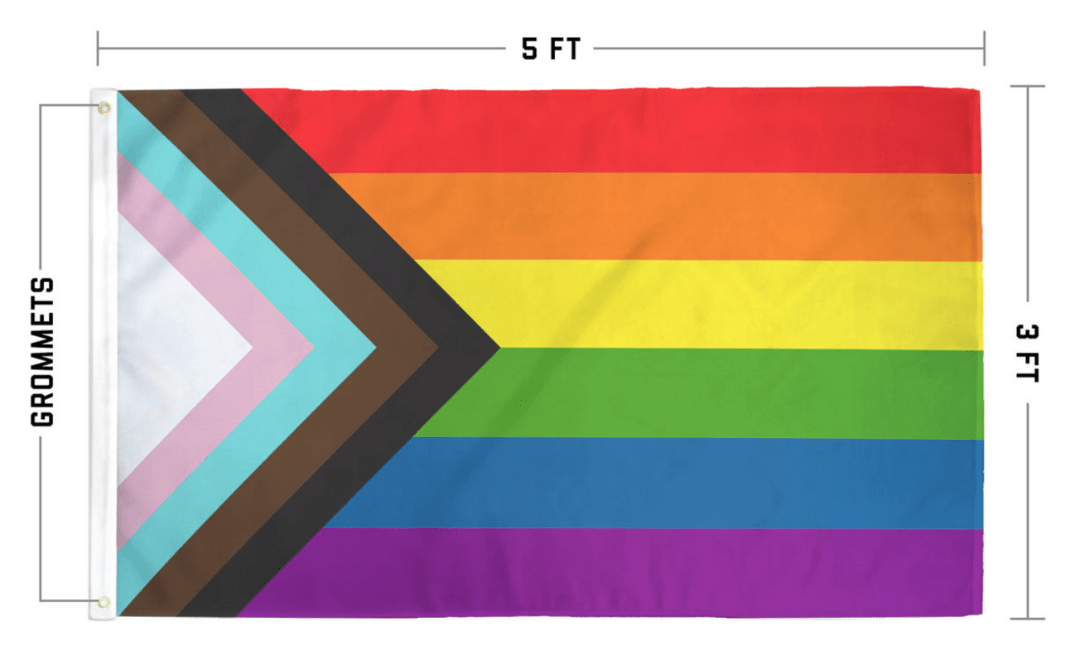



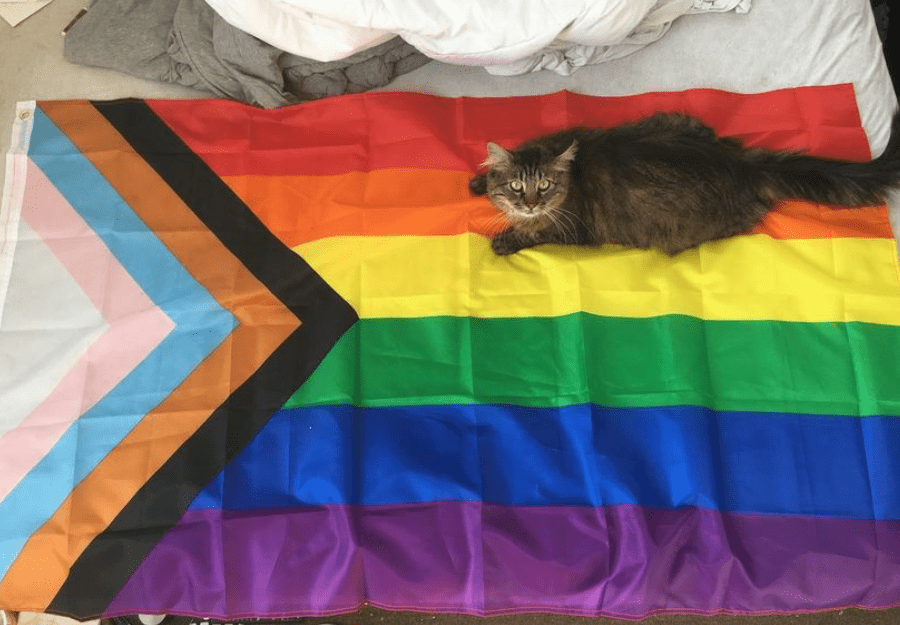
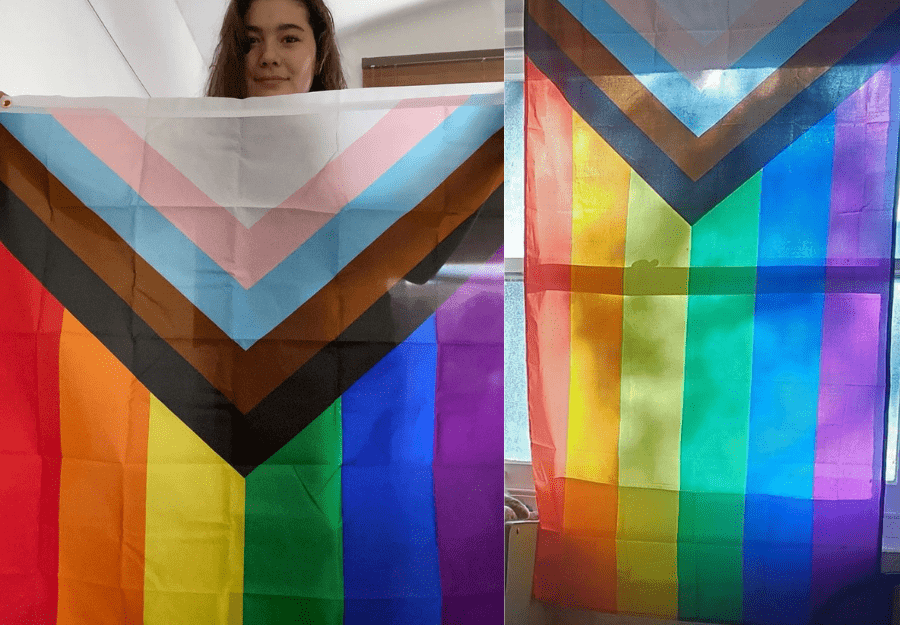


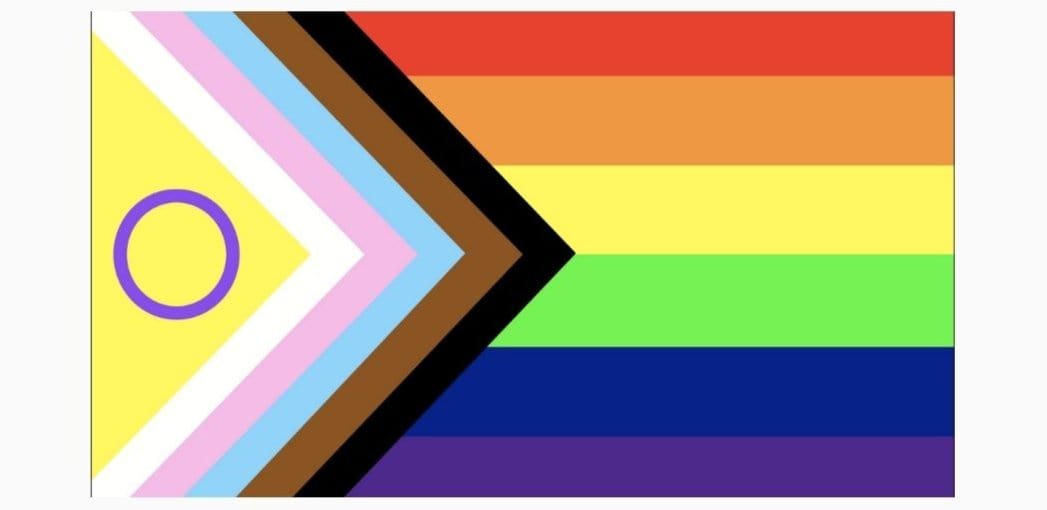
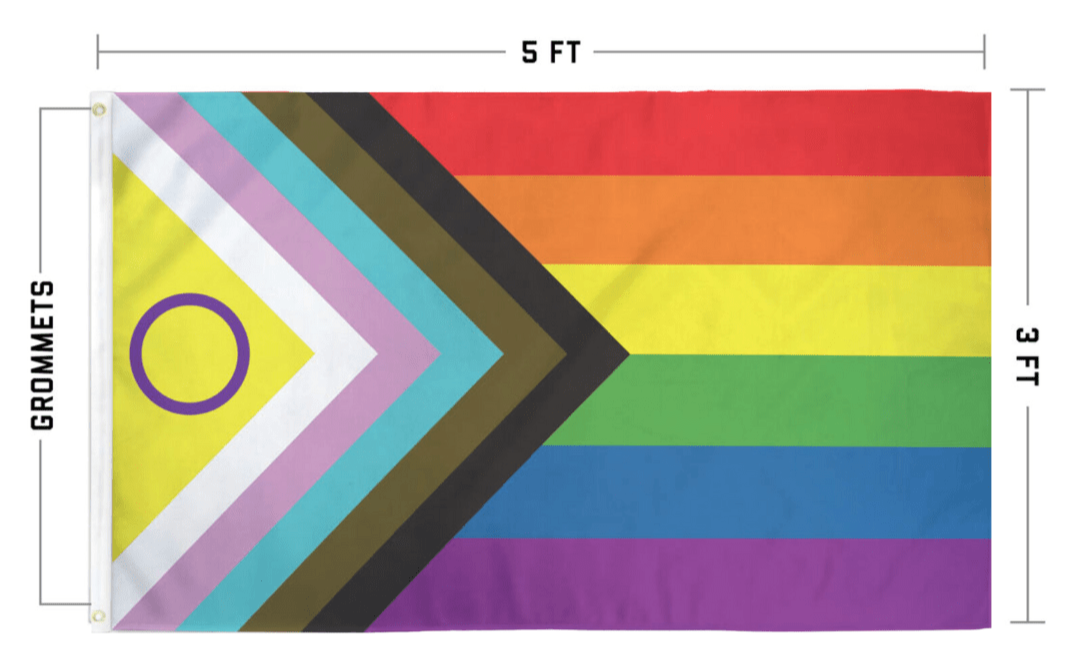



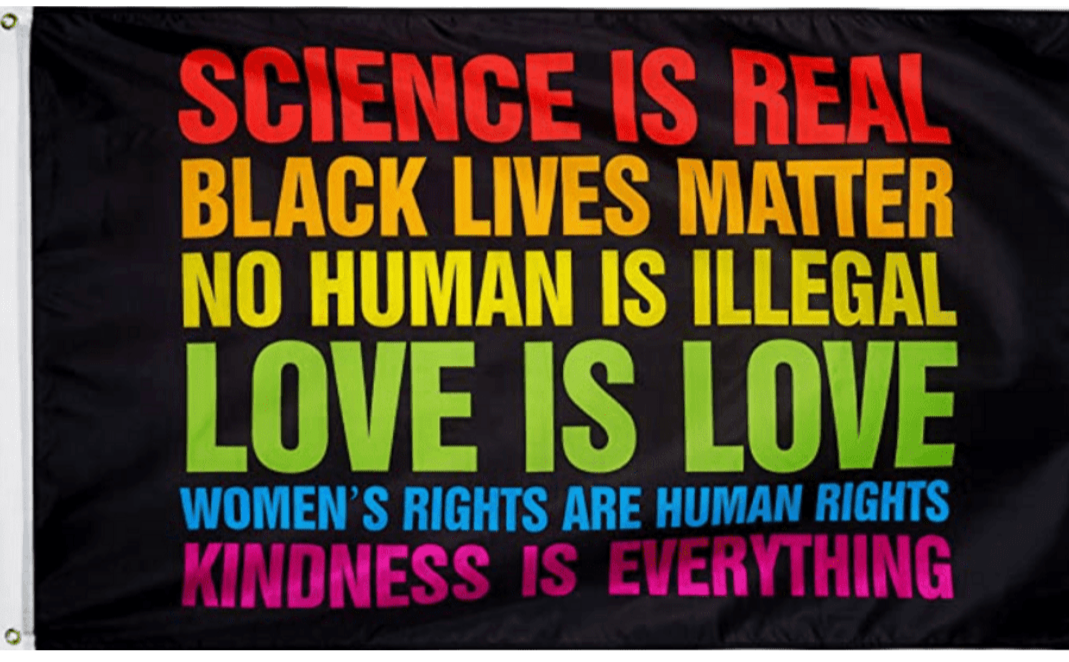

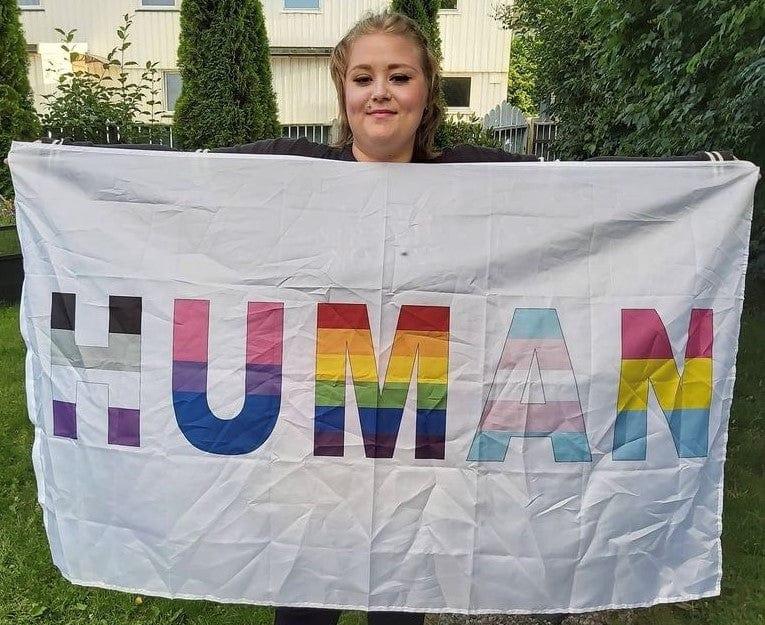

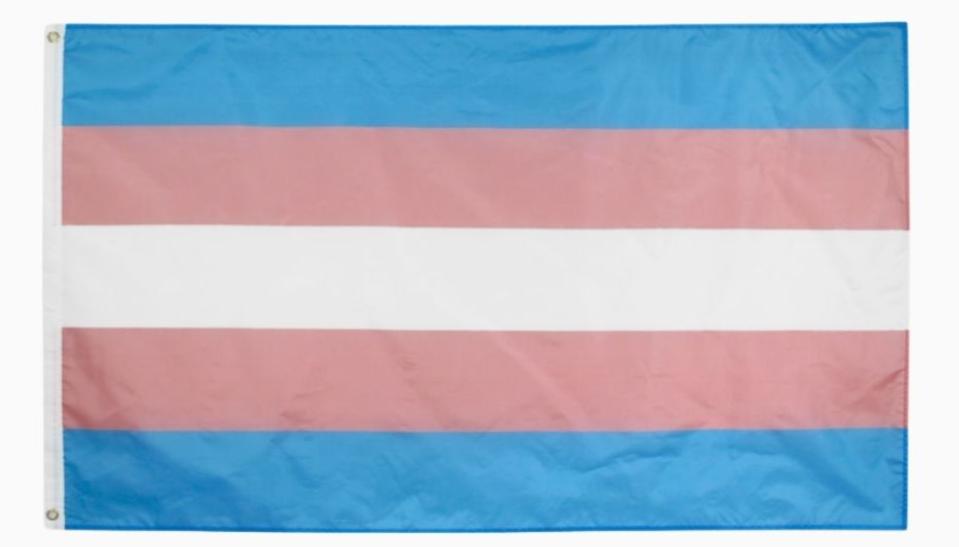





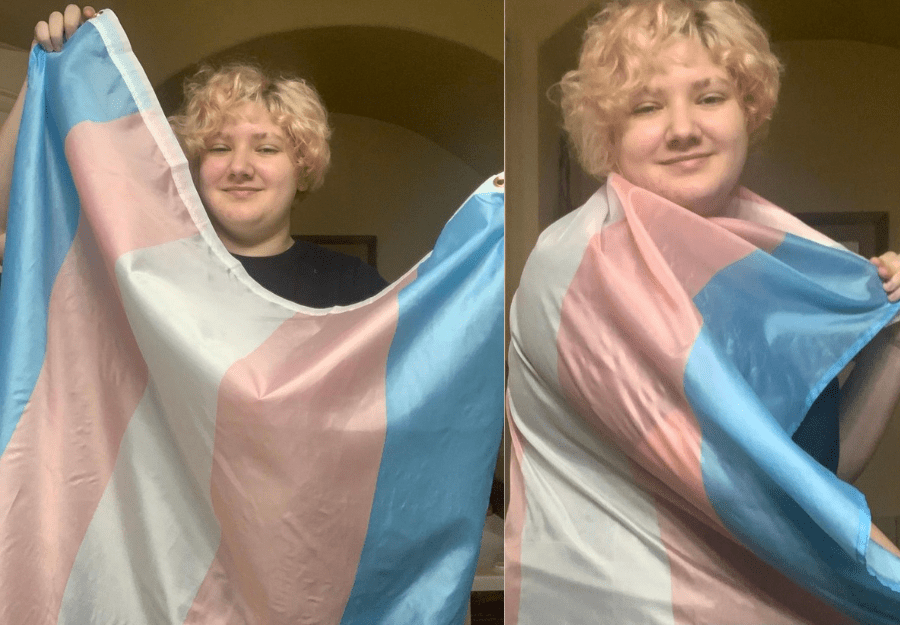
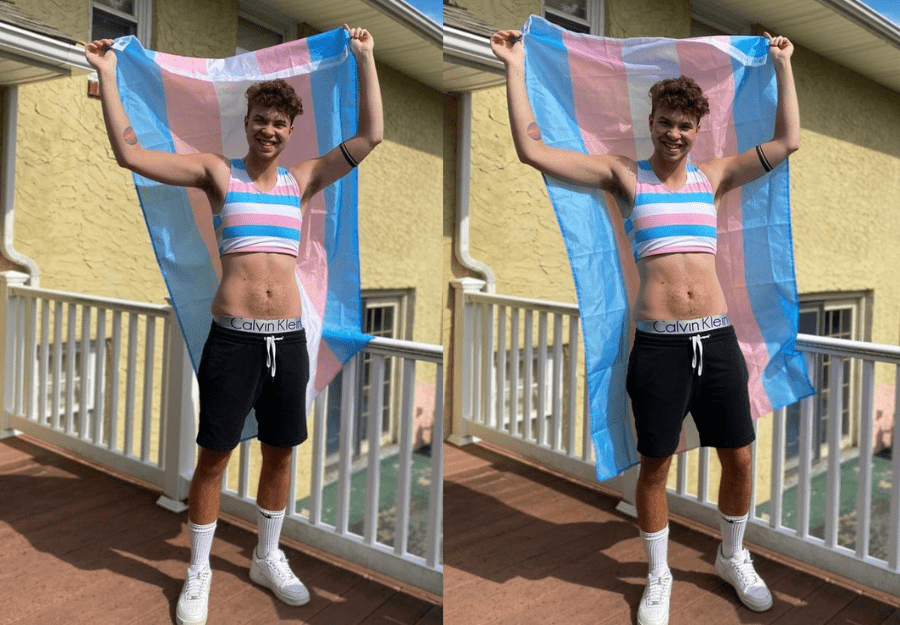
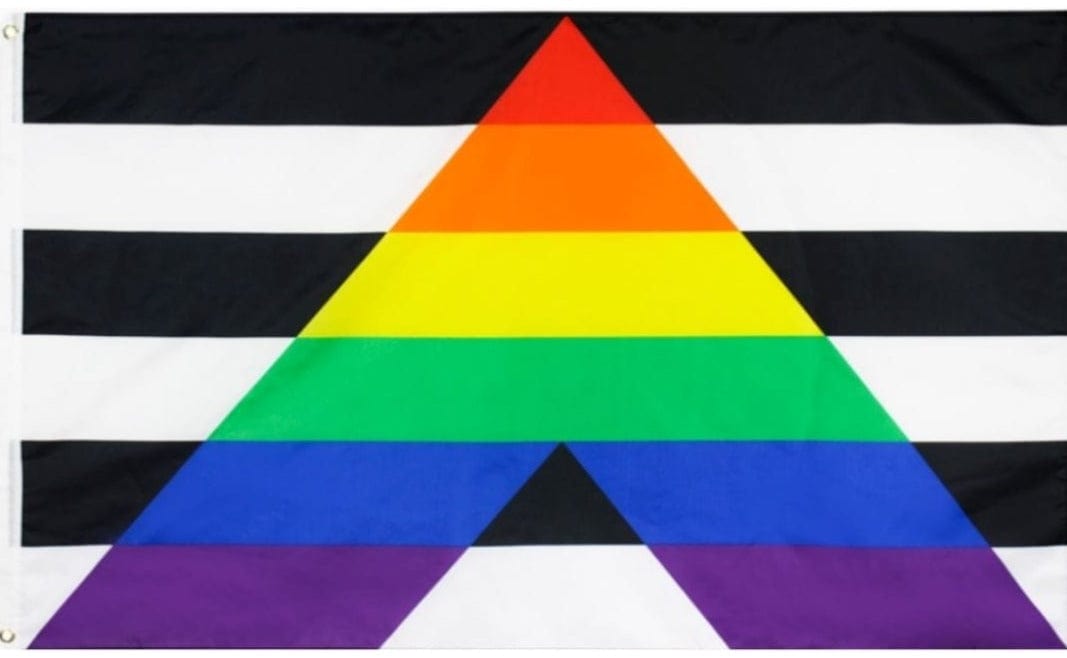
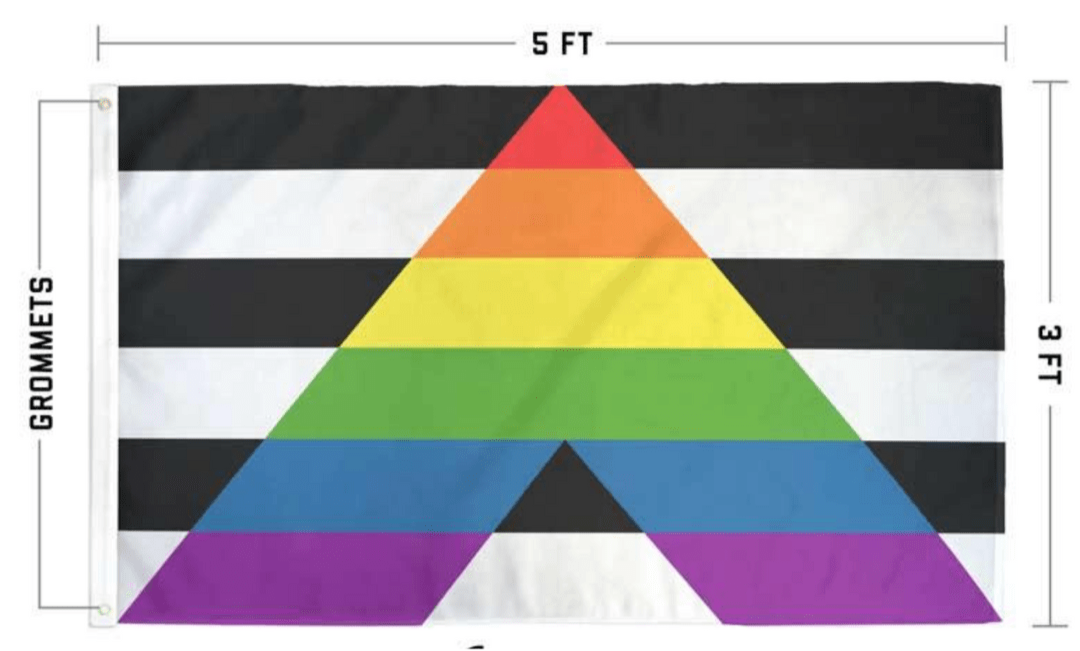









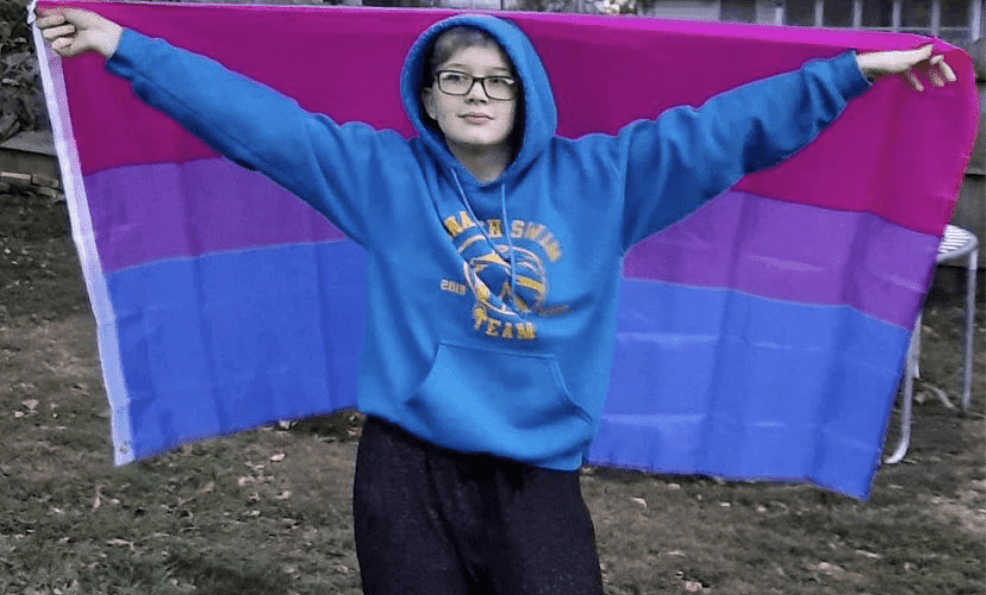






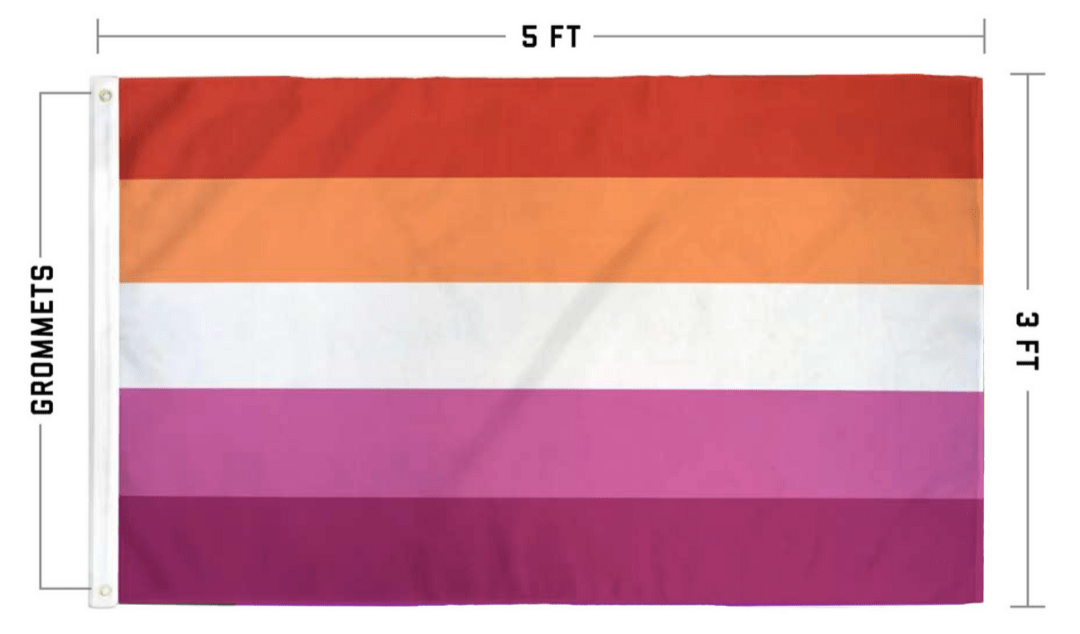







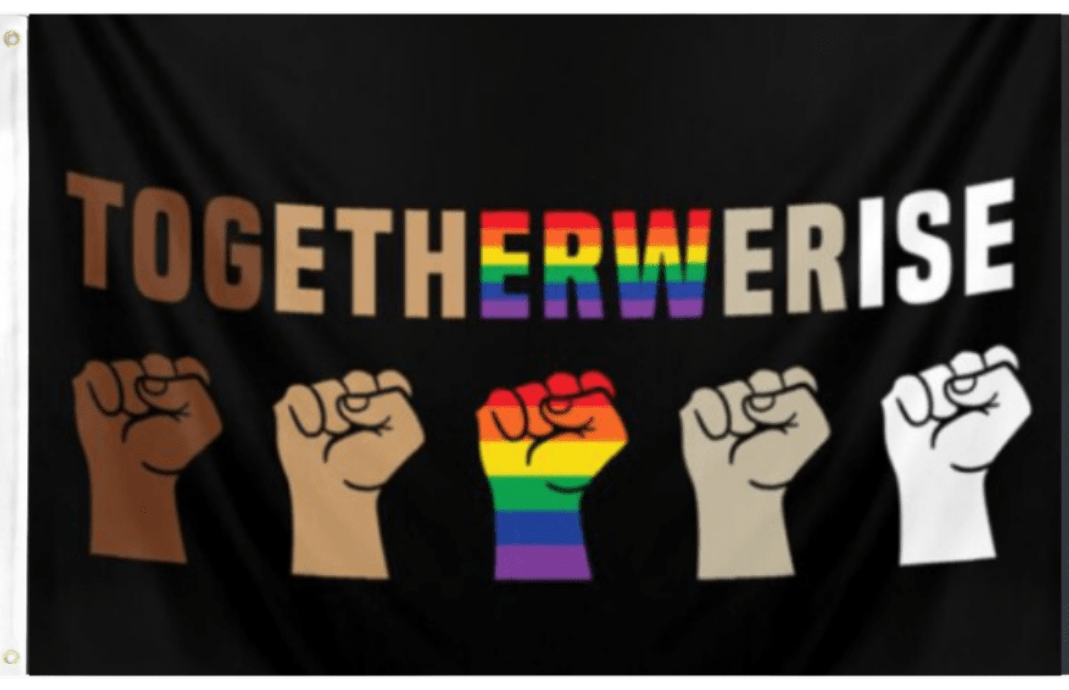












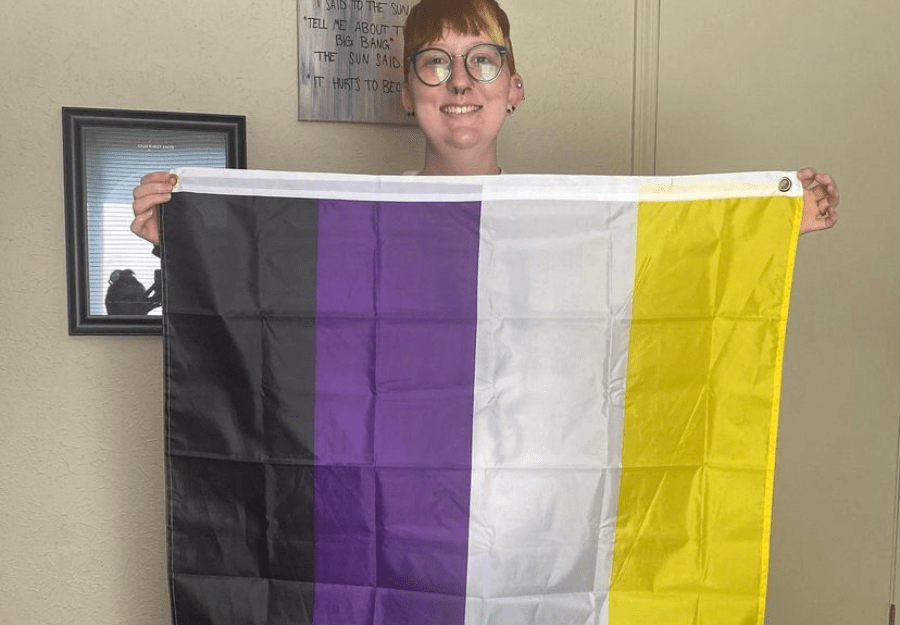




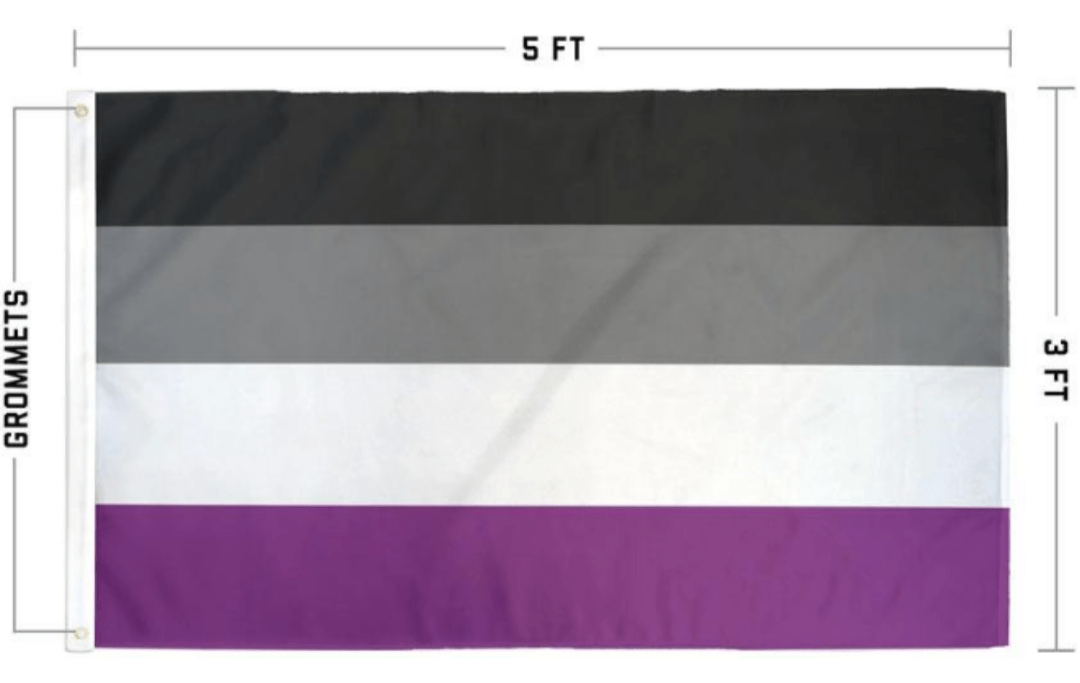



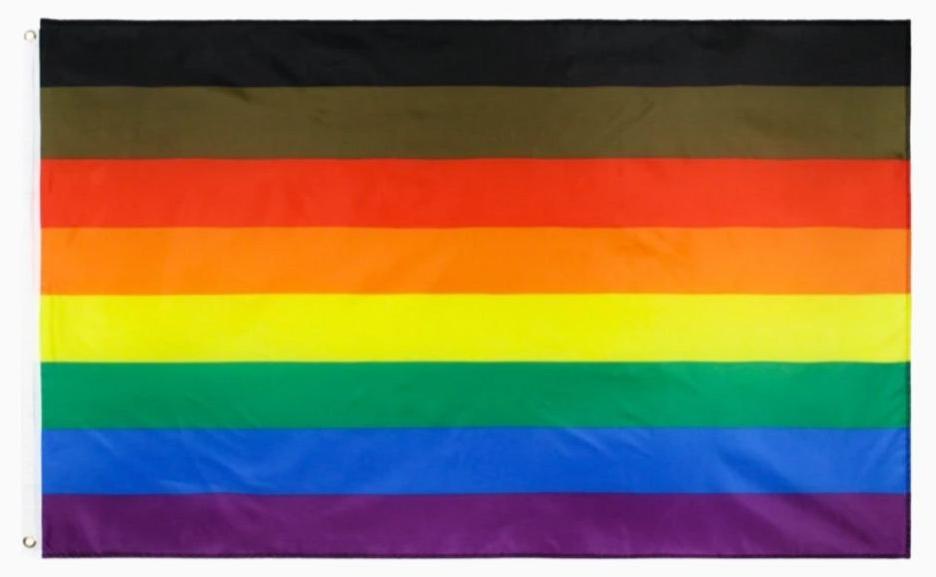
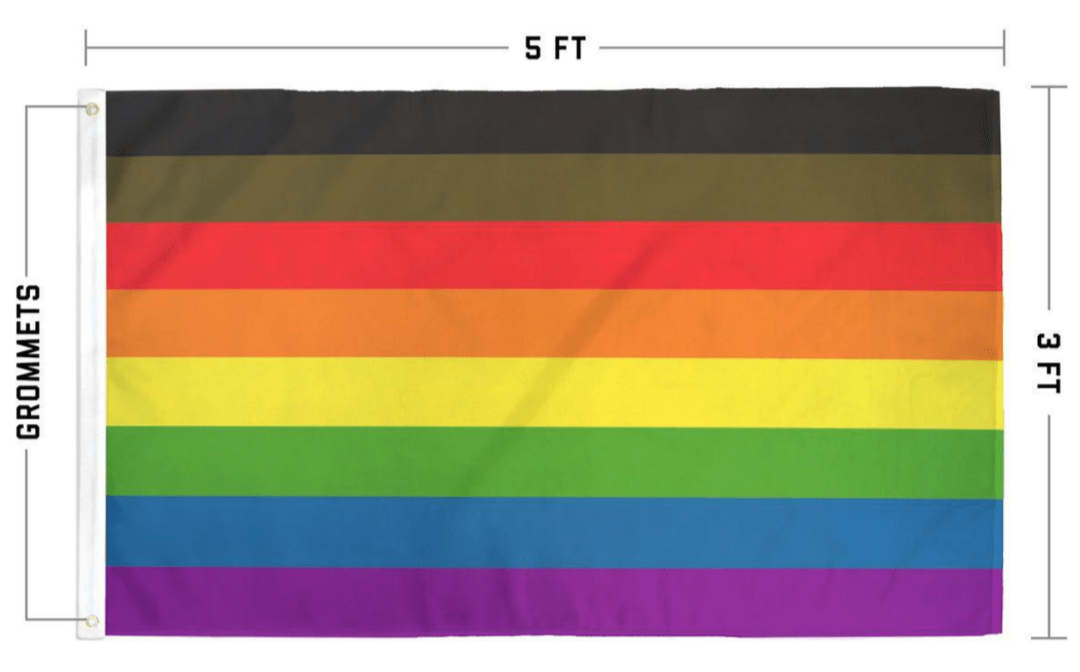




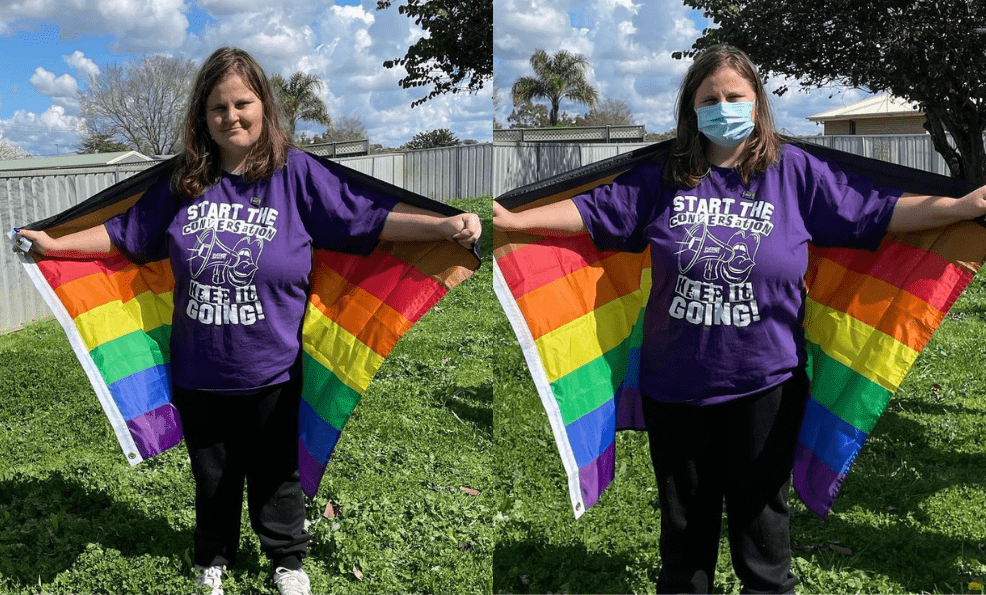























Comments
Experience the exhilaration of Turbo Moto Racer as you traverse stunning landscapes astride your preferred motorcycles. Immerse yourself in the thrill of high-speed rides through breathtaking environments. https://turbomotoracer.gitlab.io/